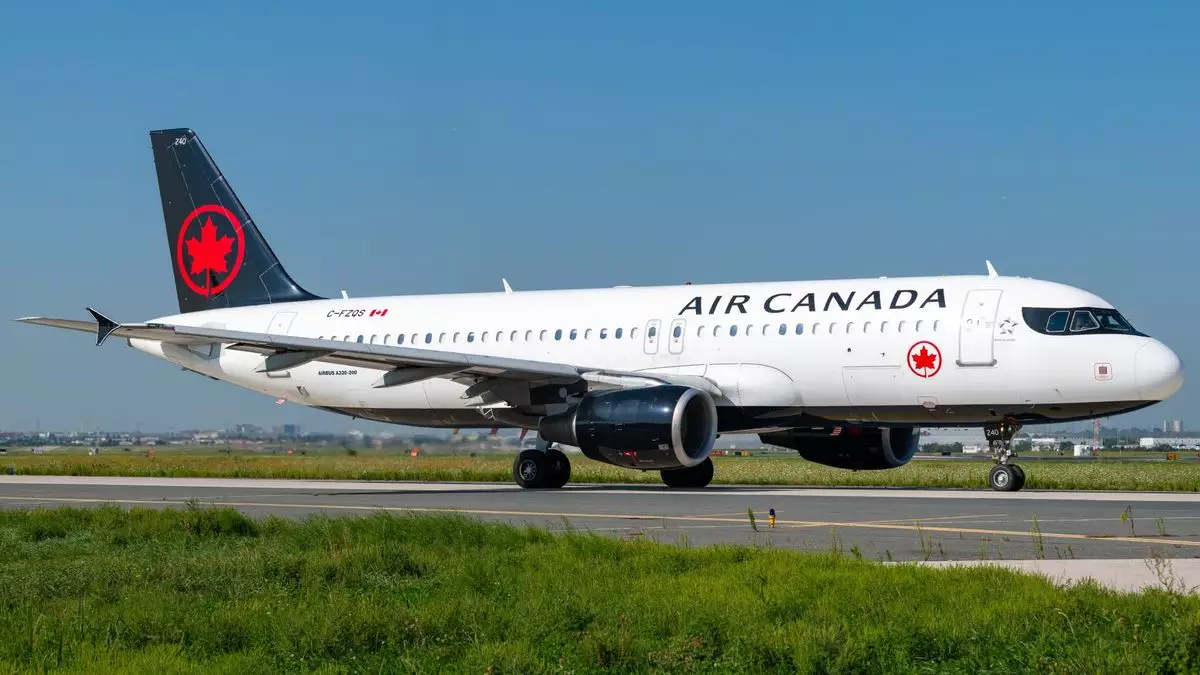In a significant development for Canada’s aviation sector, Air Canada has successfully negotiated a tentative four-year labor agreement with the Air Line Pilots Association. This resolution appears timely, averting what could have been a crippling shutdown of Canada’s largest airline, which services over 110,000 passengers daily. Amidst a backdrop of protracted negotiations, this agreement has garnered attention not just for its immediate implications but also for its potential impact on the broader context of labor relations in Canada.
The path to this agreement was anything but smooth, stretching over a year of tense negotiations marked by palpable anxiety from both the airline and its pilots. The Air Canada pilots were primarily focused on securing wages that reflect their skills—aligning compensation more closely with what their U.S. counterparts earn. While Air Canada has been posting record profits, the airline’s overt reluctance to meet these wage demands resulted in a stalemate that desperately needed resolution. The pilots have long felt that while they contribute significantly to the airline’s success, their compensation structure remains below par when compared to industry standards.
The newly negotiated contract, while still under wraps until formally ratified, promises several enhancements in critical areas. Primarily, the deal is projected to deliver an additional $1.9 billion to Air Canada pilots during the duration of the agreement. This substantial figure indicates a shift toward addressing long-standing grievances concerning compensation, retirement benefits, and working conditions, all of which have been a focal point of pilot concerns.
Charlene Hudy, chair of the Air Canada Master Executive Council, remarked on the significance of the pilots’ sustained unity and engagement, suggesting that these were vital elements in arriving at a satisfactory agreement. The resolution will not only offer a reprieve for pilots but also presents an opportunity for Air Canada to refocus on its operational strategies and growth plans without the looming threat of strikes or other labor disruptions.
The involvement of federal mediators has played a pivotal role in reaching this tentative agreement. Labor Minister Steven MacKinnon applauded the collaborative efforts of both parties and emphasized the importance of negotiated settlements, which can foster a healthier working environment. Historically, interventions from governmental agencies have been met with resistance, with many labor advocates suggesting that such measures undermine union negotiations.
However, as tensions escalated in this instance, calls for federal intervention from various business leaders became more pronounced. The uncertainty surrounding a potential strike led to increased pressure on the government to step in—a move that could have undermined labor rights. It is noteworthy that while negotiations proceeded, NDP Leader Jagmeet Singh publicly stood against any legislative efforts aimed at forcing pilots back to work, reinforcing a crucial point about maintaining the sanctity of labor negotiations.
The successful negotiation of this agreement can serve as a catalyst for change within the organization and the overall aviation sector in Canada. Should this agreement be ratified by union members and approved by the airline’s board, it has the potential to reshape how Air Canada approaches employee relations moving forward.
Moreover, the insights gained from this process could ripple across other industries where unions are advocating for fair compensation and working conditions. As organizations grapple with labor dynamics in a post-pandemic economy, this agreement sheds light on the importance of cooperative engagement and proactive negotiations.
While this tentative agreement is undoubtedly a sigh of relief for Air Canada and its pilots, the broader implications may resonate more significantly. By focusing on fair compensation and employee satisfaction, the airline not only secures its operational capabilities but also model an approach to labor relations that could benefit both employees and management in various sectors. As the aviation landscape continues to evolve, will Air Canada’s example lead to a renewed commitment to equitable labor practices across the industry? Time will tell.


Leave a Reply